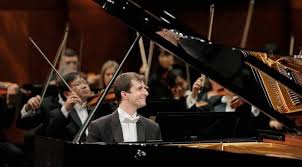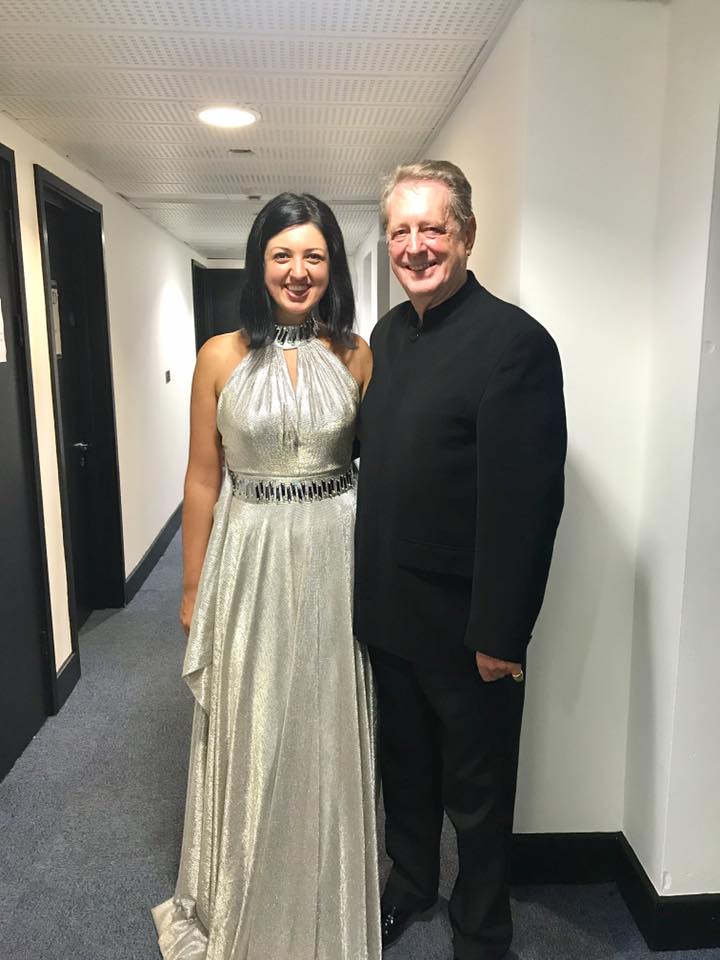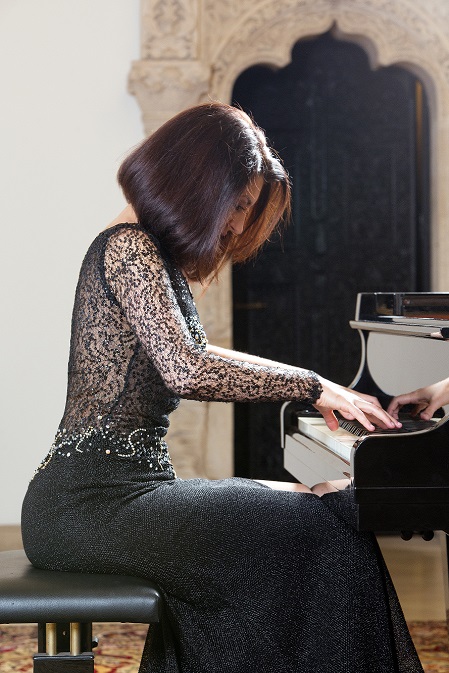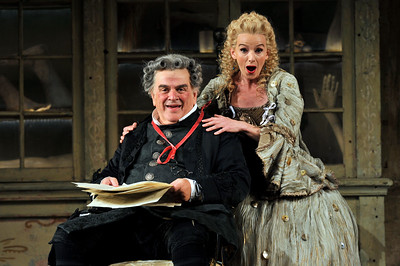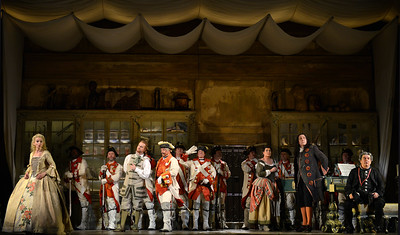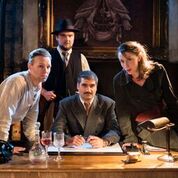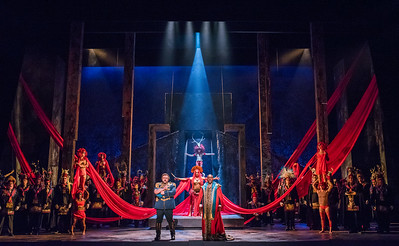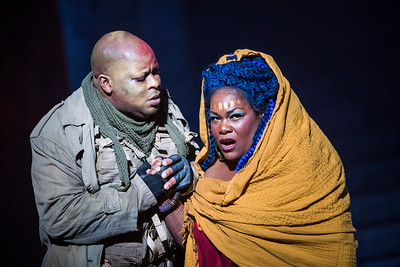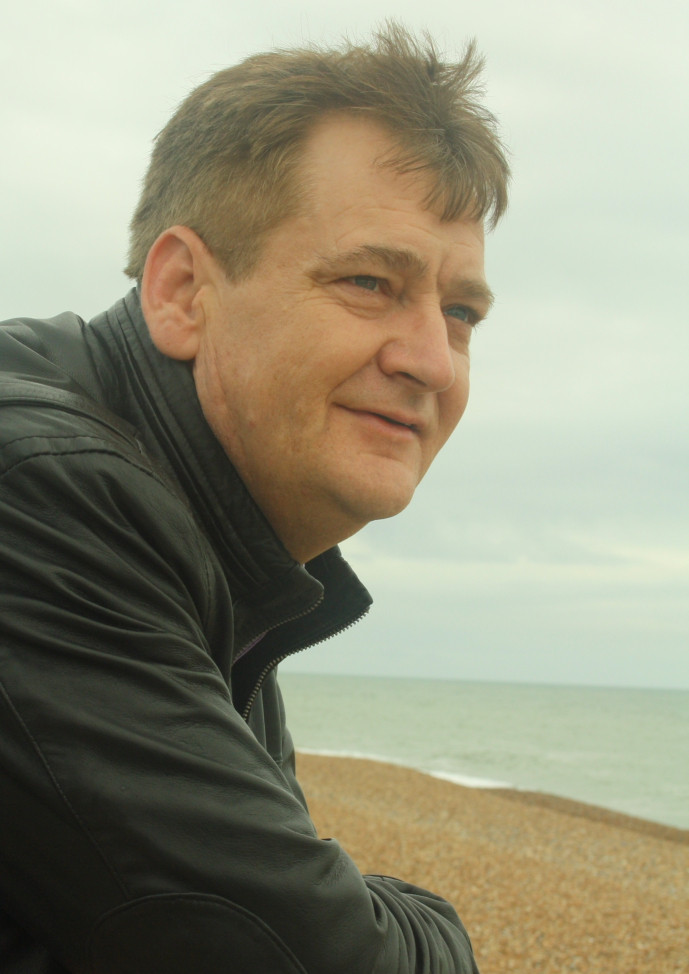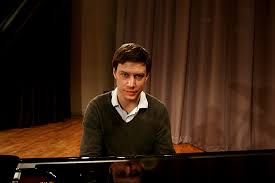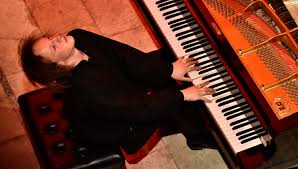St Mary in the Castle, Hastings, Friday 13 October 2017
Marcio da Silva has planned a challenging and highly exciting season for Hastings Philharmonic and if this opening Beethoven concert is to set the standard for the year it will be a wonderful experience for all concerned.
There was a time when all-Beethoven concerts were a familiar feature for concert goers, but that is no longer the case and so the opening programme proved to be exhilarating in its range as well as the quality of its musicianship.
The Coriolan Overture had a brooding, dark quality, the lower instruments powerfully focused allowing solos lines to sing easily above but with no loss of weight. The few moments of light which Beethoven allows flowed effortlessly but the sense of anger and stress within the score was never far away. The cello lines at the close captured the sense of loss with real pathos.
Among many accolades, Kenny Broberg won at Hastings and has an impressive list of international orchestras with whom he has worked. He certainly seemed very much at ease with Hastings Philharmonic for Beethoven’s Emperor concerto, relishing the close rapport between himself and the players as well as the very close proximity of the audience. It must be rare to find himself surrounded by people, the piano being situated in the centre of the concert hall, rather than at one end.
The immediacy paid off with a virtuoso performance of exceptional dynamic range. The near thwacked scale runs in the first movement melted into the gentlest of touches, and there was an improvisatory feel to much of his playing which communicated a sense of living creativity rather than regurgitation of a familiar war horse.
The second movement was particularly impressive with a sense of the romantic movement hovering over the development of his musical line. Carried away, there were times when Kenny Broberg seemed to want to sing along with his own playing and had to hold himself back.
The finale had an immediate sense of joy and life, which radiated from the soloist and players to the whole hall. We were lucky to get an encore – a brief Chopin Mazurka – which was a gem and left us wanting more.
Beethoven’s Fifth Symphony can often seem over-played but with young musicians of this quality it sparkled into life and made a strong impact throughout. My only minor complaint is that I would have liked the repeats left in – given the quality we were experiencing – but maybe last trains come before longer works! The angst of the opening movement seemed to spill over into the Andante con moto and it took time for it to be absorbed into the more meditative structure.
I can’t recall being so aware before of what Beethoven does in the last movement. Adding in the trombones and double bassoon at the bass end, and the piccolo at the top, suddenly opens a new window to the dynamics of the piece and the weight of the earlier movements is transformed as it expands our aural response.
With such a close rapport between audience and performers this scoring was immediately obvious and highly effective.
Marcio da Silva introduced the season before the concert started and if this evening has been a precursor then we are in for a wonderful year. The next concert is on Saturday 4th November with works by Elgar, Holst, Britten and Mozart. info@hastingsphilharmonic.com

